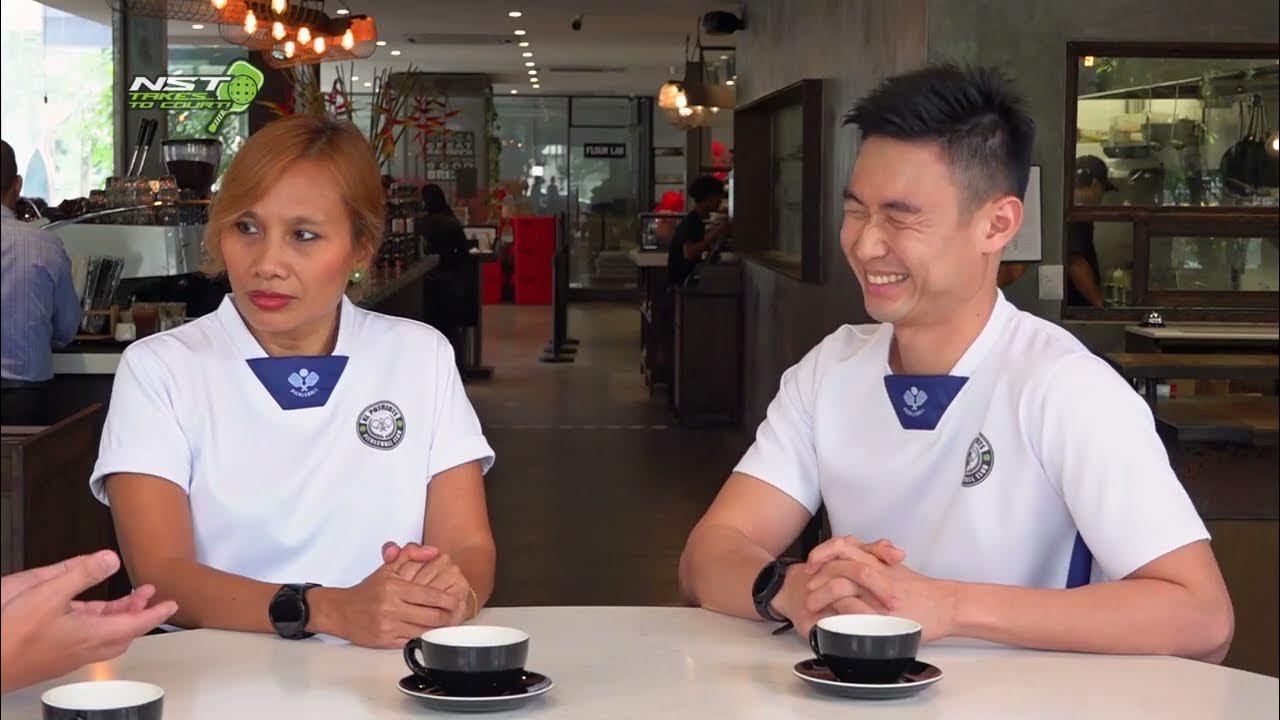Gentrification in Raleigh, NC - "Home Economics" - A WRAL Documentary
Summary
TLDRThe video explores the rapid growth and gentrification in Raleigh, NC, focusing on downtown's resurgence and the challenges it brings. As companies like Red Hat and Citrix move in, housing prices soar, displacing long-time residents, particularly in historically Black neighborhoods. The pandemic's impact on downtown vibrancy is discussed, along with efforts to address the affordable housing crisis through initiatives like Raleigh's $80 million Affordable Housing Bond and community projects aiming to maintain diversity and inclusion.
Takeaways
- 🌆 The pandemic has led to a decline in vibrancy in downtown Raleigh, turning it into a 'ghost town'.
- 💉 Hopes are high that with the vaccine rollout, downtown Raleigh will regain its status as a bustling area, contributing to the city's rapid growth.
- 🏢 Major companies like Red Hat and Citrix have moved into downtown Raleigh, attracting professionals and contributing to the city's economic boom.
- 🎶 Raleigh's music and cultural scene has exploded, adding to the city's appeal as a place to live, work, and play.
- 📈 The growth has led to challenges such as housing inventory not keeping pace with demand, resulting in inflated home prices.
- 🏠 Home prices in Raleigh have jumped 10% in the last year, outpacing wage growth and leading to affordability concerns.
- 💼 There's a growing concern about gentrification, with historically Black neighborhoods in east and southeast Raleigh being particularly affected.
- 🏘️ The city is grappling with a shortage of affordable housing, leading to discussions about zoning laws and increasing housing density.
- 🏛️ Raleigh's $80 million Affordable Housing Bond aims to address the housing crisis by supporting public-private partnerships and rehabilitating older homes.
- 🌐 The pandemic's impact on downtown Raleigh is temporary, with the mayor and residents optimistic about a return to vibrancy post-pandemic.
Q & A
What impact has the pandemic had on downtown Raleigh?
-The pandemic has turned downtown Raleigh into a 'ghost town', with many people not visiting due to restrictions and safety concerns.
What was Raleigh's status as a growing city before the pandemic?
-Raleigh was the second fastest growing large metro in the nation, with significant growth particularly in and around its downtown area.
Which companies have contributed to the growth in downtown Raleigh?
-Large operations like Red Hat and Citrix have moved into the area, contributing to the growth and attracting professionals.
What are the 'growing pains' that Raleigh is experiencing due to its rapid growth?
-Raleigh is facing issues like housing inventory not keeping pace with growth, inflating home prices, and a shortage of affordable housing.
How have housing prices in Raleigh changed in recent years?
-Housing prices have seen a significant increase, with a 10% jump in the last year alone, and a 22% increase in the median price of a single-family home from 2011 through 2019.
What is the concern regarding historically Black neighborhoods in east and southeast Raleigh?
-There is a concern that less affluent residents, particularly in historically Black neighborhoods, are being forced out due to rising rents and taxes.
What is the role of the $80 million Affordable Housing Bond in Raleigh?
-The Affordable Housing Bond will support public-private partnerships for new developments, buy land for affordable housing, rehabilitate older homes, and provide financing to help cover the costs of building affordable housing.
What is the 'missing middle' in Raleigh's housing market?
-The 'missing middle' refers to the lack of moderately-sized and priced housing options (1,700 to 2,300 square feet) that are more affordable for the average resident.
How does the Beacon Site model aim to address the issues of gentrification in Southeast Raleigh?
-The Beacon Site model combines high-quality education, mixed-income housing, and access to health and wellness facilities to change the trajectory of the community and mitigate the negative impacts of gentrification.
What is the perspective on the future of downtown living post-pandemic?
-Despite the pandemic, there is optimism that downtown living will remain attractive due to its vibrancy, culture, and the desire for a more environmentally conscious and less traffic-heavy lifestyle.
Outlines

This section is available to paid users only. Please upgrade to access this part.
Upgrade NowMindmap

This section is available to paid users only. Please upgrade to access this part.
Upgrade NowKeywords

This section is available to paid users only. Please upgrade to access this part.
Upgrade NowHighlights

This section is available to paid users only. Please upgrade to access this part.
Upgrade NowTranscripts

This section is available to paid users only. Please upgrade to access this part.
Upgrade NowBrowse More Related Video

An economic apartheid, CNN, 2016

NST Takes ... to Court EP01 - Cik Manggis and Renyi Chin

Urban Policies & Sustainability [AP Human Geography Unit 6 Topic 8]

Atualidades - A segregação socioespacial | Desenhando a Solução

Is Gentrification Always Bad? And Other Questions About Changing SLC

Problemas sociais e ambientais urbanos - Geografia - Ensino Médio
5.0 / 5 (0 votes)